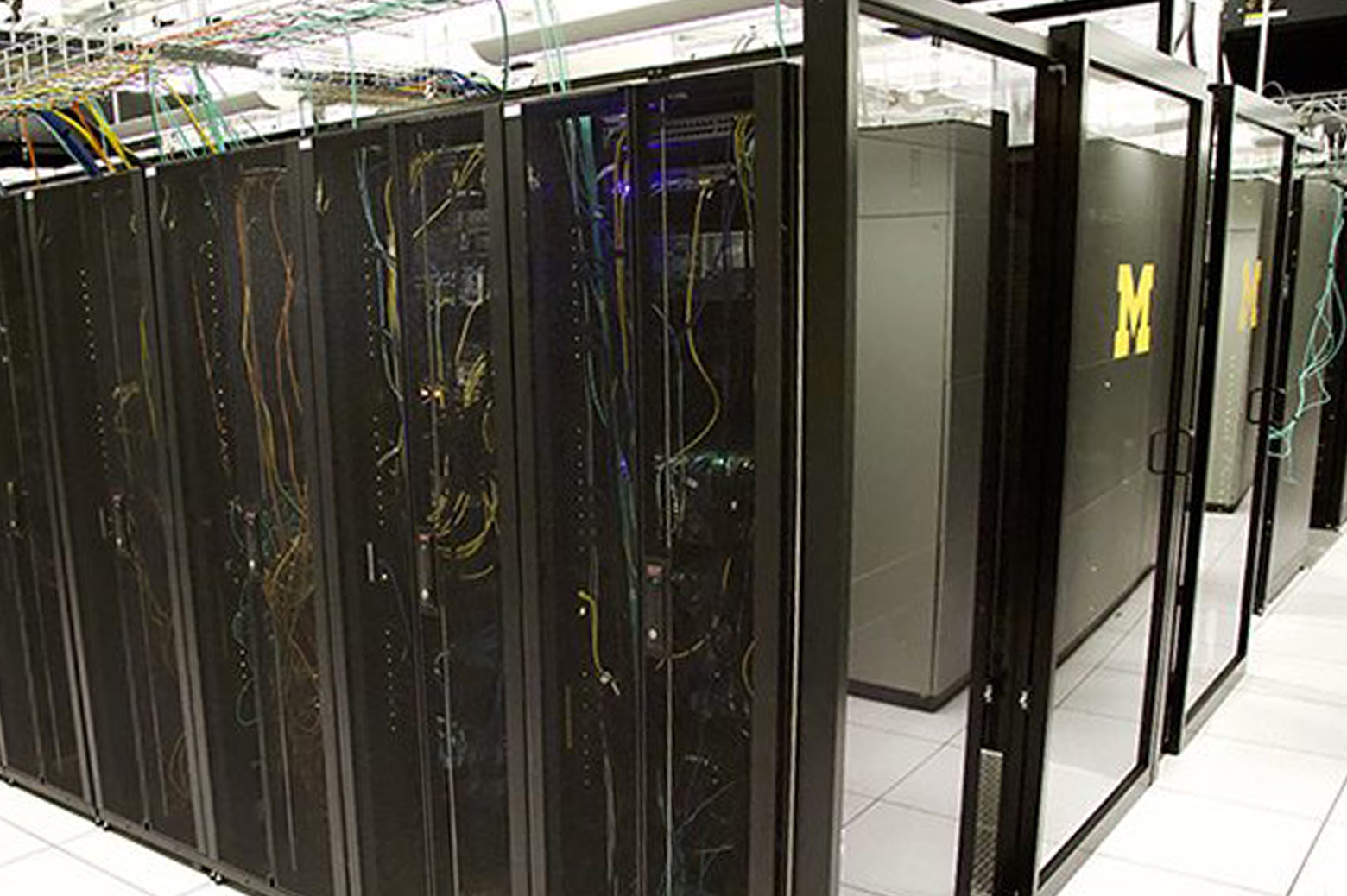$1M grant to develop U-M high-capacity research network
The team will develop a secure, data-intensive network solution to effectively transport extremely high volumes of research data on and off campus.

 Enlarge
Enlarge
Prof. J. Alex Halderman is leading one thrust of an effort together with several U-M units to enhance the university’s network security and assist the needs of its research community. The team has received a $1 million grant from the National Science Foundation’s Office of Advanced Cyberinfrastructure for the project.
Called NetBASILISK (Network Border At Scale Integrating and Leveraging Individual Security Components), the collaborative effort brings together prominent U-M experts from the College of Engineering, the Life Science Institute, LSA, and Information and Technology Services to develop a secure, data-intensive network solution to effectively transport extremely high volumes of research network traffic.
In addition to Halderman, leaders of the effort include Michael Cianfrocco, research assistant professor, Life Sciences Institute, and assistant professor of biological chemistry, Medical School; Shawn McKee, research scientist in physics, LSA; and Principal Investigator Eric Boyd, director of networks, ITS.
Halderman’s team is planning to use NetBASILISK for its network security research ZMap project, and to potentially expand its anti-censorship refraction networking work.
ZMap is an open-source network scanner introduced by Halderman and collaborators in 2013. It is specifically architected to perform Internet-wide scans and is capable of surveying the entire IPv4 address space in under 45 minutes from user space on a single machine. This performance approaches the theoretical maximum speed of gigabit Ethernet. Internet-wide network scanning has numerous security applications, including exposing new vulnerabilities and tracking the adoption of defensive mechanisms
Refraction Networking is a technology pioneered by Michigan researchers that can circumvent many effective website censoring tools. Refraction operates at cooperating Internet Service Providers (ISPs) outside of censoring countries. Users access the circumvention services by connecting to a “decoy site”—any uncensored website traveling over a participating ISP. Once a cryptographic signal from the user is recognized, the ISP routes their connection to the requested censored content. Most recently, with a new protocol called Conjure, the team made the technology significantly easier for ISPs to deploy.
Other members of the team will use the infrastructure to transport high-volume microscope data around the globe and receive data from the CERN Large Hadron Collider.
Given these large datasets, moving this data within and outside of U-M requires reliable, fast networking infrastructure. The team hopes to build a security solution that can defend the university at scale while facilitating the intensive data science taking place on campus.
ITS is setting up the NetBASILISK network based on a combination of open source solutions, commercial products, and open source network metrics tools. The findings and solution will be widely shared with educational and research institutions around the world.
The project kicked off in early October 2019 and will last two years.

 MENU
MENU 
